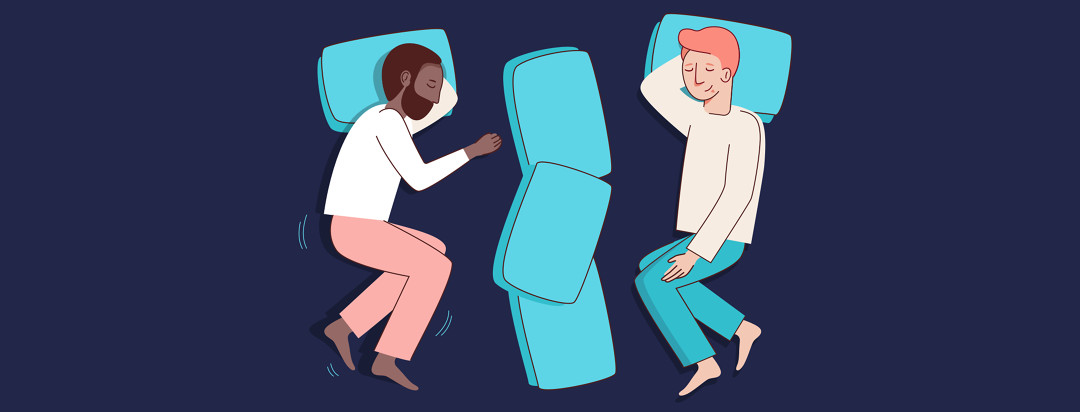Community Tips for Dealing With Parkinson’s Nightmares
One of the most challenging aspects of Parkinson’s disease is how it affects someone’s ability to sleep at night. Nightmares, violent dreams, and uncontrollable jerking and kicking of the legs are all possible, as most of you know. Not only is this a physical struggle for someone with PD, but it’s also emotionally challenging to witness how it affects your loved one.
Nightmares in Parkinson's
Angie H's articleHere’s what you said.
“My doctor put me on clonazepam.”
For some of you, the answer has been medication. Several of you named clonazepam, aka brand name Klonopin, as helping you or your loved ones sleep through the night free of violent, physical dreams. This medicine is a long-acting sedative that works all night long.
“My doctor told me it was PD and put me on clonazepam, and it’s working well.”
“Clonazepam at bedtime does help. I would suggest having a sleep study done also.”
“I put pillows in between us.”
Physical barriers in bed are proving helpful as well. Several of you said that having several pillows between you and your partner who suffers from PD can help create a safe space for you to sleep. And, knowing that their partner is safe often helps the partner with the diagnosis sleep better, as most otherwise feel guilty about harming their loved one.
“I have to place a big pillow in between us.”
“I put pillows in between us.”
“My partner and I sleep in separate rooms.”
For others of you, the physicality of the nightmares has proved too great, and the best option has been separate beds, sometimes in separate rooms. Although most partners said they hated to not be able to sleep next to their partner, they reached a point where different sleep spaces became a necessity.
“To be on the safe side, we sleep in different beds.”
“My wife and I sleep in separate rooms. My acting out dreams, swinging, kicking and yelling is all pretty bad. I cannot put her through that. That’s the bad news. The good news is that she’s safe—and it’s almost like we are dating again.”
“My husband has very vivid and violent nightmares. I started sleeping in the living room.”
“I wake him as gently as possible.”
Some of you have been able to wake and then soothe your partners.
“I wake him as gently as possible. Chocolate milk or cocoa puts him right back to sleep.”
“I try to get up and walk around the house.”
A few of you said that getting ample physical exercise during the day or evening, even if it means walking around the house or block at night to wear yourself out, can lead to a more restful sleep.
“If I’m having an off night, I try to get up and walk around the house.”
“One night at a time.”
For others of you, you simply do your best to soldier on with each day. Every night looks different, bringing unique challenges—and occasionally an easy and restful night. A few of you are working to accept it all as it comes.
“One day and one night at a time, right?”
We want to say our thanks to everyone who shared on this topic. We hope that everyone who reads this post finds solace in connecting with the words of others living with the similar challenges, and that you find hope and inspiration on how to move forward.

Join the conversation